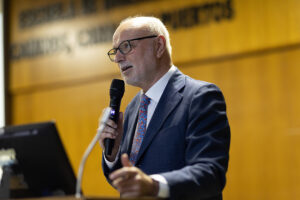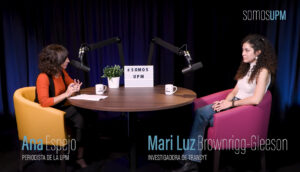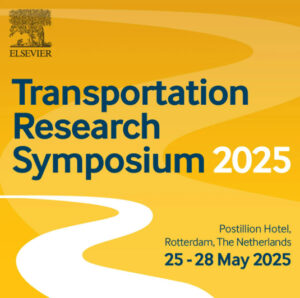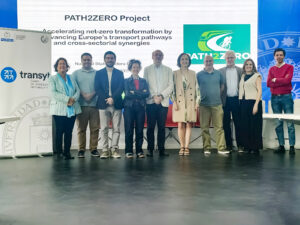Classio Joao Mendiate successfully defended remotely his Ph.D. thesis entitled "Identifying key explanatory variables for cycling in Sub-Saharan Africa, case study: Quelimane (Mozambique)
Besides the well-known benefits of cycling, in SSA cities cycling, provides easy access to health facilities (such as an ambulance bike), and offers flexible jobs like bicycle-taxi, to transport loads, sell on the streets and it is a way for social integration, which is crucial in the African context. Despite these unique characteristics of cycling, most cycling promotional policies in these cities are imported from European and North American cities, proving to be less accurate, as they exclude local habits, knowledge and culture. That was the stimulus for this study, to reverse this approach by identifying who the cyclists are and where they cycle. It was believed that this could assist in the definition of appropriate initiatives that would meet the needs of people in this urban context.

This thesis was developed in a context in which the availability of data and literature was a challenge. For this reason, an extensive survey was conducted in Quelimane, Mozambique (case study) from June 2017 to January 2018 that allowed us to have a significant sample size. We used some appropriate statistical tools that helped to identify the main factors that influence cycling in the context of SSA cities. This study identified 3 main scientific contributions. Firstly, the most intense bicycle trips take place in the city-periphery, unlike many studies that point to be orientated towards the city center. This is as expected as the city-periphery has a safe environment for cyclists due to the narrow, disconnected roads that make car access almost impossible. In addition, this area concentrates most of the informal markets that generate huge bicycle trips. Second, unlike traditional mode choice theories, we found that as the travel distance to the city center increases, people tend to cycle less and walk more. This is related to the urban form of medium-sized SSA cities, where most services activities, formal jobs and high-income households are often concentrated in the inner city and decrease as the travel distance to the inner city increases. This means that the poor majority who live in the periphery travel long distances daily, while, ironically, the high-income people who live close to their jobs use cars for short distances. Third, people who bicycle for livelihood, often choose long bike routes. These findings are unique, as the existing literature points out that people usually choose short bicycle distances, as this mode is very physically demanding. When connecting with SSA cities, people in this cycling group tend to cycle for commercial purposes and their fare is based upon distance, therefore the longer the distance, the more profitable.
The study concluded with the definition of several policy initiatives to promote bicycle use. Most initiatives were aimed at improving road safety, reducing accident rates in order to make cycling attractive and more gender-balanced. In addition, other initiatives have also been aimed at making the bicycle taxi a more inclusive form of public transport, which could attract people even with high socioeconomic status.






